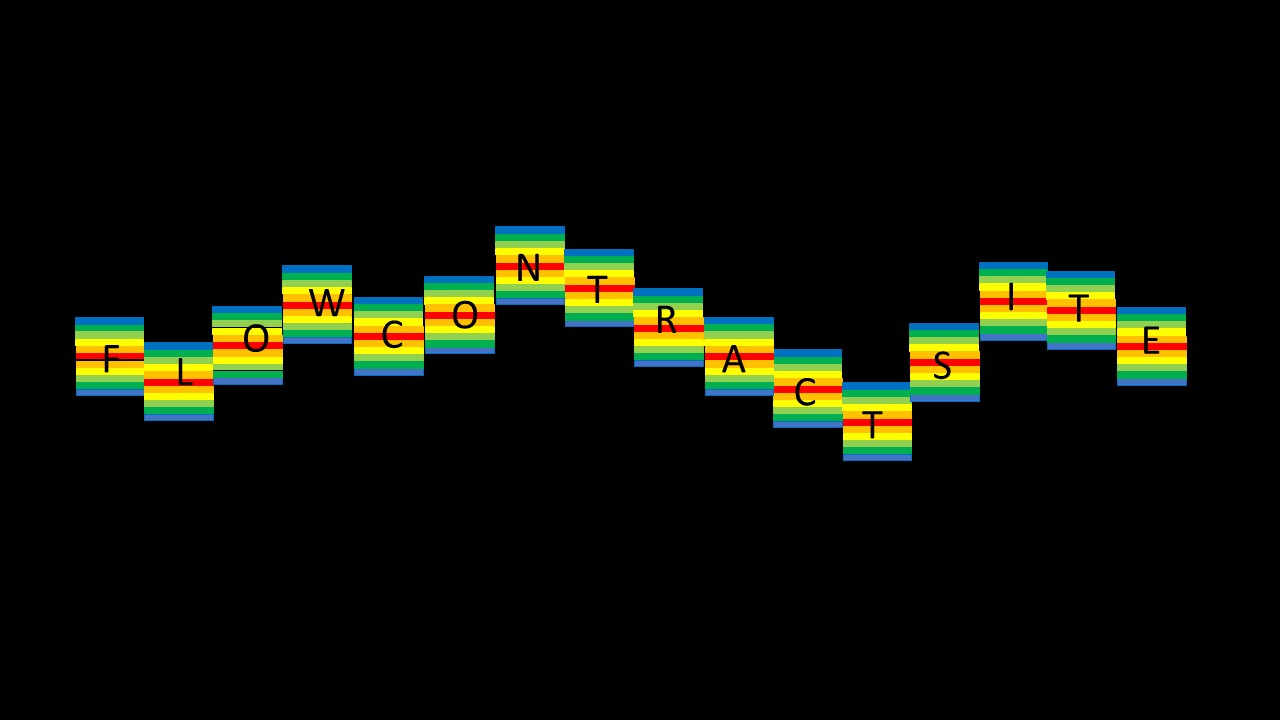The Technology Behind Spectral Flow Cytometry

Conventional Flow Cytometry has been limited in the use of fluorophores due primarily to spectral overlap of emission signals. Spectral Flow Cytometry captures the full emission spectrum of the fluorophores, creating Spectral Signatures for each fluorophore and significantly lessening the spectral overlap problem enabling 40+ marker analysis while maintaining high signal resolution.
Conventional Flow Cytometers are equipped with Photomultiplier Tube (PMT) detection-amplifier devices that capture a discrete portion of the fluorophore’s spectrum, while Spectral Flow Cytometers possess a detection system laid out in an array configuration which with unique dispersion optical designs, allows the detection of the full fluorescence spectra of each molecule fluorophore.
Currently, there are three Spectral Flow Cytometers on the market with more on the way. All of them offer more flexibility in panel design, ability to re-use spectral references and all have tools for removal of autofluorescence. (1, 2). The most remarkable difference among them relies on the optical design and detection array.

Fig. 1. Taken from Nolan et al., 2013 (3). Comparison of a conventional and spectral flow cytometer system. (left) A conventional flow cytometer relies on a series of band mirrors and filters to segregate light emission into individual detectors. (Right) A spectral flow cytometer uses a grating element to separate light into a focusing lens prior to detection. As separating light keeps diverging in space, a collimating lens is often used to parallelize and direct light linearly before reaching a detector.
The ID7000 Spectral Cell Analyzer from Sony Biotechnology Inc. harbors an array of prisms that discompose the monochromatic light transported by optic fibers coming from the interrogation point and disperse the light onto PMTs arrays plus a modified PMT called InGaAs PMT for the Near Infra-Red (NIR) region of the spectrum. The dispersion caused by the prism array results in a non-linear spreading of the light. (4,5)
BD FACSymphony™ A5 SE (Spectral Enabled) Cell Analyzer is another Spectral Flow Cytometer and has squared PMTs and Gallium Arsenide Phosphide (GaAsP) PMTs arranged in High Parameter cascade (HPC) arrays called cascadecagon, as an upgraded type of a typical BD decagon array, resulting in overall high resolution and increased sensitivity in the red and NIRed region of the spectrum. (6)
Here, at Flow Contract Site Laboratory, we have two Cytek Aurora Spectral Flow Cytometer equipped with an optical design consisting of diffraction gratings for dispersing the monochromatic light and Avalanche Photo Diodes (APDs) arrays that capture, detect, and amplify the light signals (5,7). One of several advantages of this optical design is that, although prisms retain more light for detection, diffraction grating disperse the light onto the APDs in a linear or equally light spreading and can improve signal resolution in some areas of the spectrum (8). APDs have higher quantum efficiency, signal to noise response that is comparable to PMTs in the longer than 650nm and improved response in the 650nm to 850nm range. (8,9). Also, Because the lasers are spatially separated and each laser’s detection path is assigned its own detector array, the color palette is theoretically limited only by the number of dyes available.
The figure below shows how to interpret data from a spectral plot, as an example the one contained in the purple rectangle at the beginning of the Yellow- Green region, and how that data looks like in a histogram.

Fig. 2. Interpreting a spectral plot. (A) In a typical spectral plot, detectors are shown on the x-axis and intensity is on the y-axis. The data from a single detector (purple box) is the same as the information displayed in a histogram. (B) From a typical histogram, focus on the positive population and switch the intensity from the x-axis to the y-axis. This is the same data that is contained in panel (A). Data from single color controls collected at Flow Contract Site Laboratory, LLC.
When performing compensation on Conventional Flow Cytometers, potentially valuable information is left out when the mathematical algorithm is calculated (5). While unmixing on Spectral Flow Cytometers capture more fluorescence data and can show even minimal spectral differences between fluorophores with similar emission signals. Unmixing is done using single- stained Reference Controls to identify each fluorophore’s Spectral Signature in a multicolor experiment by mathematical algorithms that calculate the contribution of a fluorophore signal to the total emission signal (5). These Reference Control Signatures can be saved and re-used for future experiments and only need to be checked and redone every few months (9). In turn this saves money as well as time for a busy lab. In addition, during unmixing, autofluorescence spectral patterns can be identified and extracted to aid in the identification of dim expressing markers. Mathematical algorithms such as least squares method, principal component analysis, probabilistic spectrum analysis, Karhunen-Loeve transformation are used to normalize the data. (3,10)
Spectral Flow Cytometry allow us to use more fluorophores, even those whose emission signals overlap and are not suitable for Conventional Flow Cytometry (5). The image below shows an example of two fluorophores emission spectra which can never be used in the same panel in Conventional Flow Cytometry, Pe-Cy5 and PerCP-Cy5.5. However, their spectral signatures are unique and can be readily identified in Spectral Flow Cytometry.

Fig. 3. Comparison of spectral signatures among two compatible fluorochromes. (Top graph) Pe-Cy5 and (Bottom graph) PerCP-Cy5.5 dye are compatible when analyzed on a 4-laser spectral flow cytometer. Although spectrally similar their unique patterns highlighted in the Yellow Green detectors allow for the molecules to be easily discriminated on a spectral flow cytometer. Data from single color controls prepared at Flow Contract Site Laboratory, LLC
Although Pe-Cy5 and PerCP-Cy5.5 show a similar spectrum off the violet and red detectors, they have unique patterns known as Spectral Signatures, in the yellow green detectors and they can be discriminated in a spectral flow cytometer. (1,8)
With so many colors and markers in one tube, it can be challenging to design compatible panels and interpret the data. However, Flow Contract Site Laboratory has been hard at work creating custom made panels for our clients. Our next blog posts will reveal some of the panels we have been working on, the type of data that can be generated, and insights gained when using Spectral Flow Cytometry!
References:
- ThermoFisher Scientific (Website) Spectral Flow Cytometry Assays and Reagents [Accessed online 28th March 2022] thermofisher.com/…/sspectral-flow-cytometry-assays-reagents.html
- Novo D, Grếgori G, Rajwa D (2013) Generalized Unmixing Model for Multispectral Flow Cytometry Utilizing Nonsquare Compensation Matrices. Cytometry A. 2013 May ; 83(5): 508–520. doi:10.1002/cyto.a.22272.
- Nolan, J. P., Condello, D., Duggan, E., Naivar, M., & Novo, D. (2013). Visible and near infrared fluorescence spectral flow cytometry. Cytometry Part A, 83 A (3), 253–264. https://doi.org/10.1002/cyto.a.22241
- Sony Biotechnologies Inc. (Website) ID7000™ Spectral Cell Analyzer [Accessed online 28th March 2022] sonybiotechnology.com…/Sony_ID7000_spectral_cell_analyzer_brochure.pdf
- ThermoFisher Scientific (Website) Spectral Flow Cytometry Fundamentals [Accessed online 28thMar 2022] thermofisher.com/…/spectral-flow-cytometry-fundamentals.html
- BD Bioscience (website) BD FACSymphony A5 SE Cell Analyzer [Accessed online 28thMarch 2022] https://www.bdbiosciences.com/…research-cell-analyzers/bd-facsymphony-a5-se
- Cytekbio (Website) Cytek Aurora Say hello to a new reality [Accessed online 28 March 2022] https://welcome.cytekbio.com/…./Brochures/N9-20001_cytek_aurora_brochure.pdf.
- Cytekbio whitepaper Spectral Analysis Meets Flow Cytomtery. N9-20003 Rev. B
- Lawrence WG, Varadi G, Entine G, Podniesinski E, Wallace PK. Enhanced red and near infrared detection in flow cytometry using avalanche photodiodes. Cytometry Part A 2008; 73: 767–776

